Table of Contents
Introduction
The site selection of a thermal power plant is a complex task that requires careful planning and consideration of various factors. A thermal power plant is an industrial facility used to generate electricity from thermal energy, which is obtained by converting the heat released by the combustion of fossil fuels, such as coal, oil, or natural gas. The location of the plant is a critical aspect that can greatly influence its efficiency, environmental impact, and economic viability.
Factors Influencing Site Selection
1. Availability of Fuel
The proximity to a source of fuel is vital for the economic operation of the plant. Transportation costs can be a significant factor in the overall operating expense, and having a nearby fuel source can substantially reduce these costs.
2. Water Supply
Water is essential for cooling purposes in a thermal power plant. Therefore, the availability of a sufficient quantity of water is a critical factor. A site near a river or lake is often preferred, but the quality and seasonal variation of the water supply must also be assessed.
3. Land Requirements
A thermal power plant requires a large amount of land for the main plant, auxiliary buildings, coal storage, ash handling, cooling towers, and more. The cost and availability of land, along with its suitability for construction, must be considered.
4. Environmental Considerations
Environmental regulations must be closely followed when selecting a site. The impact on local ecosystems, air, and water pollution, and the potential for greenhouse gas emissions must all be considered. A proper Environmental Impact Assessment (EIA) is essential in this regard.

5. Cooling System
The type of cooling system (air-cooled or water-cooled) can also influence site selection. Air-cooled systems have more flexibility regarding location but may be less efficient. Water-cooled systems require an abundant water source but are typically more efficient.
6. Proximity to Load Centers
The site should ideally be close to the areas where the power will be consumed, known as load centers. This minimizes transmission losses and costs but must be balanced with other factors such as land cost and environmental impact.
7. Transportation Facilities
Easy accessibility to transportation networks, including roads, railways, and waterways, is essential for the transportation of fuel, machinery, and other materials.
8. Labor Supply
The availability of skilled labor in the vicinity can influence the site selection, as it affects construction, operation, and maintenance costs.
9. Climatic Conditions
Climatic factors such as temperature, humidity, and rainfall can affect the efficiency of the power plant, particularly the cooling system. They must be considered in the design and site selection process.
10. Social Factors
Local public opinion and governmental policies might affect site selection. Engaging with local communities and stakeholders, considering their concerns, and integrating the project with local development can be beneficial.
11. Seismic Considerations
The site’s seismic characteristics must be evaluated to ensure the structural safety of the plant, particularly in earthquake-prone areas.
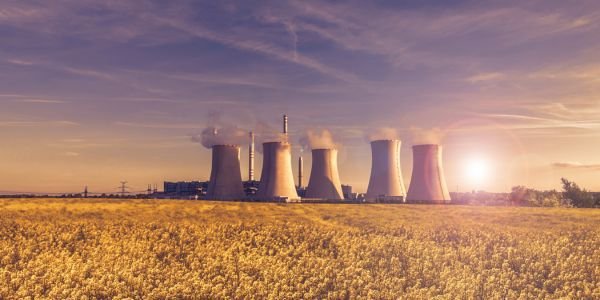
Summary
Site selection for a thermal power plant is a multifaceted process that requires a comprehensive understanding of various technical, economic, environmental, and social factors. A well-chosen site can lead to increased efficiency, reduced costs, minimized environmental impact, and greater acceptability among local communities.
It demands a holistic approach that integrates engineering expertise with environmental stewardship, economic pragmatism, and social responsibility. Careful planning, detailed feasibility studies, and thoughtful consideration of the factors discussed in this article can lead to a site that fulfills the requirements of a successful thermal power plant.
Also, read the Site selection for the hydropower plant


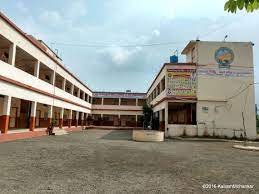



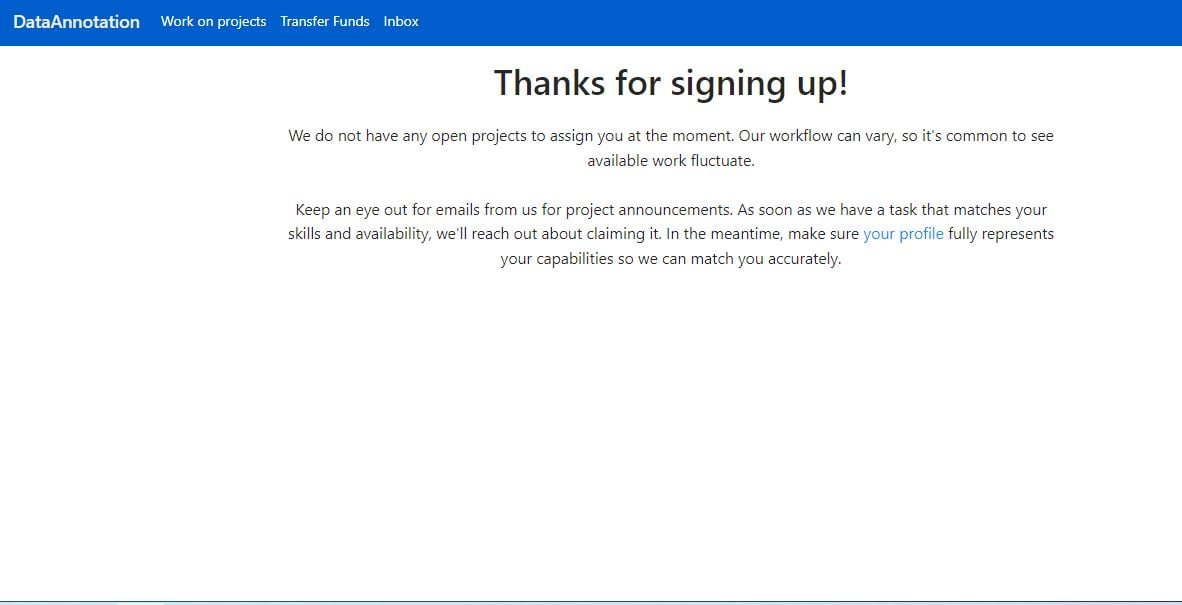
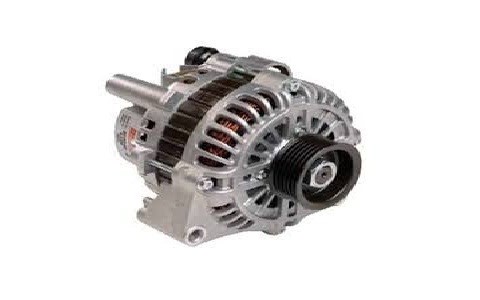
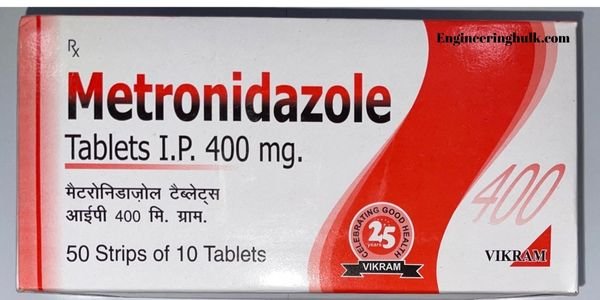







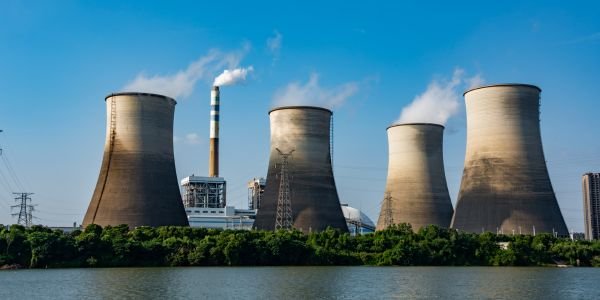

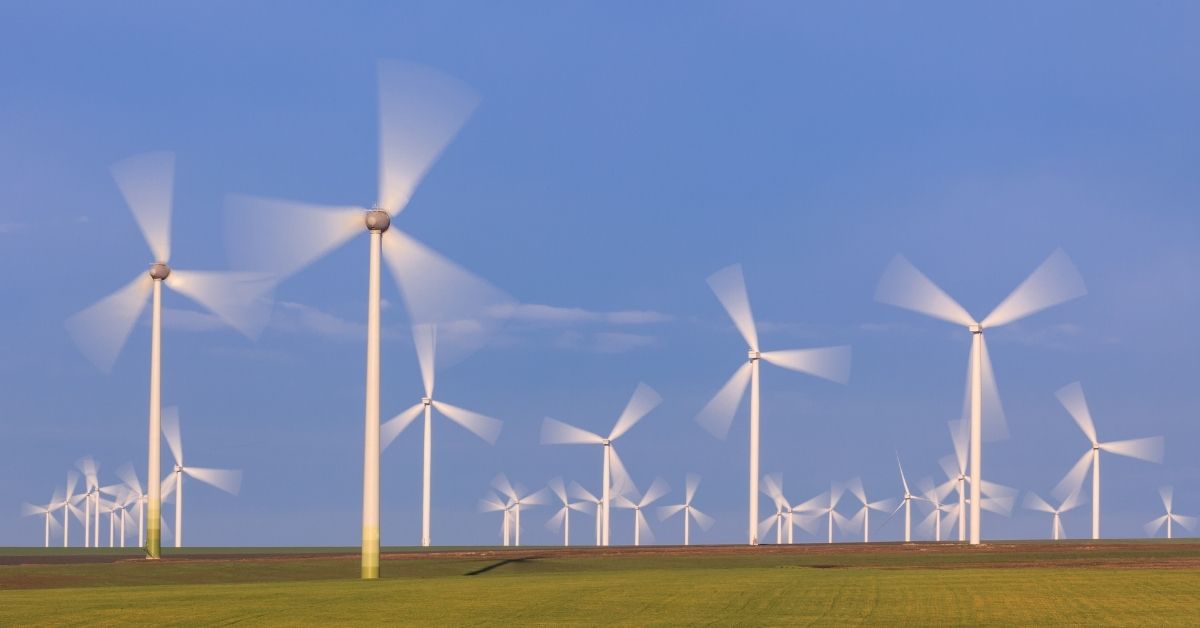



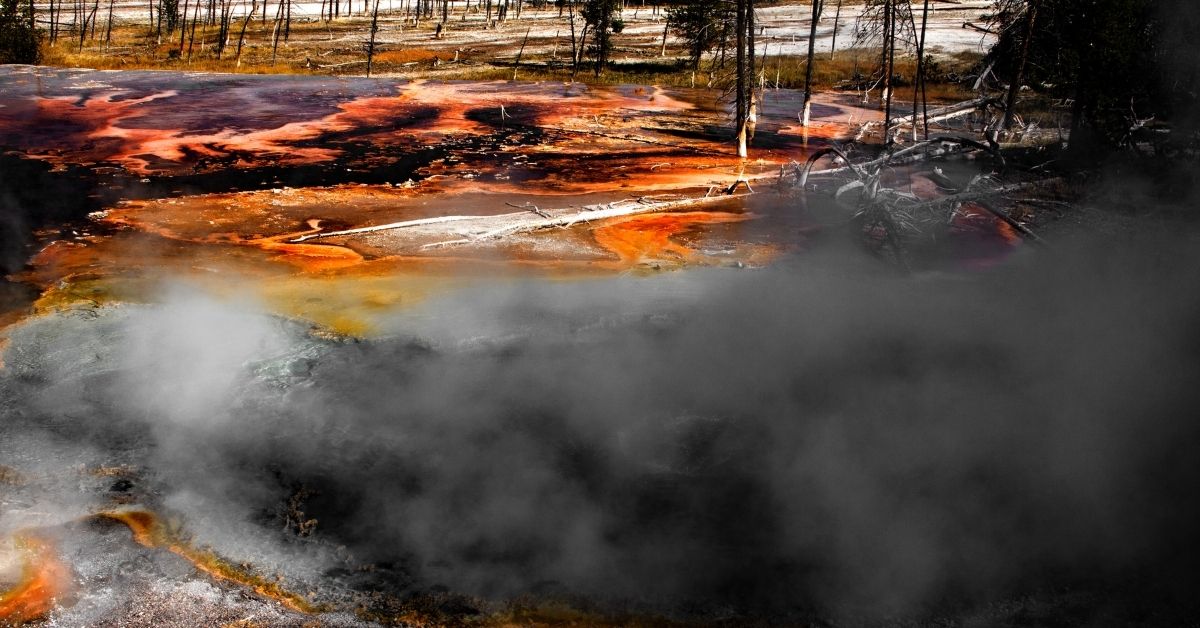


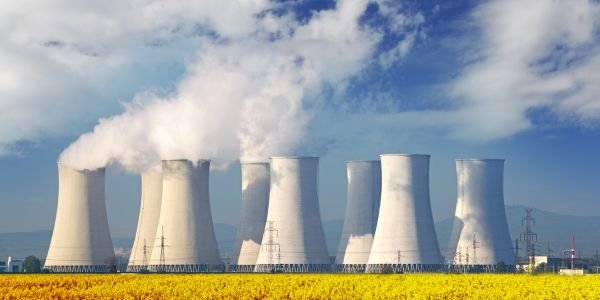
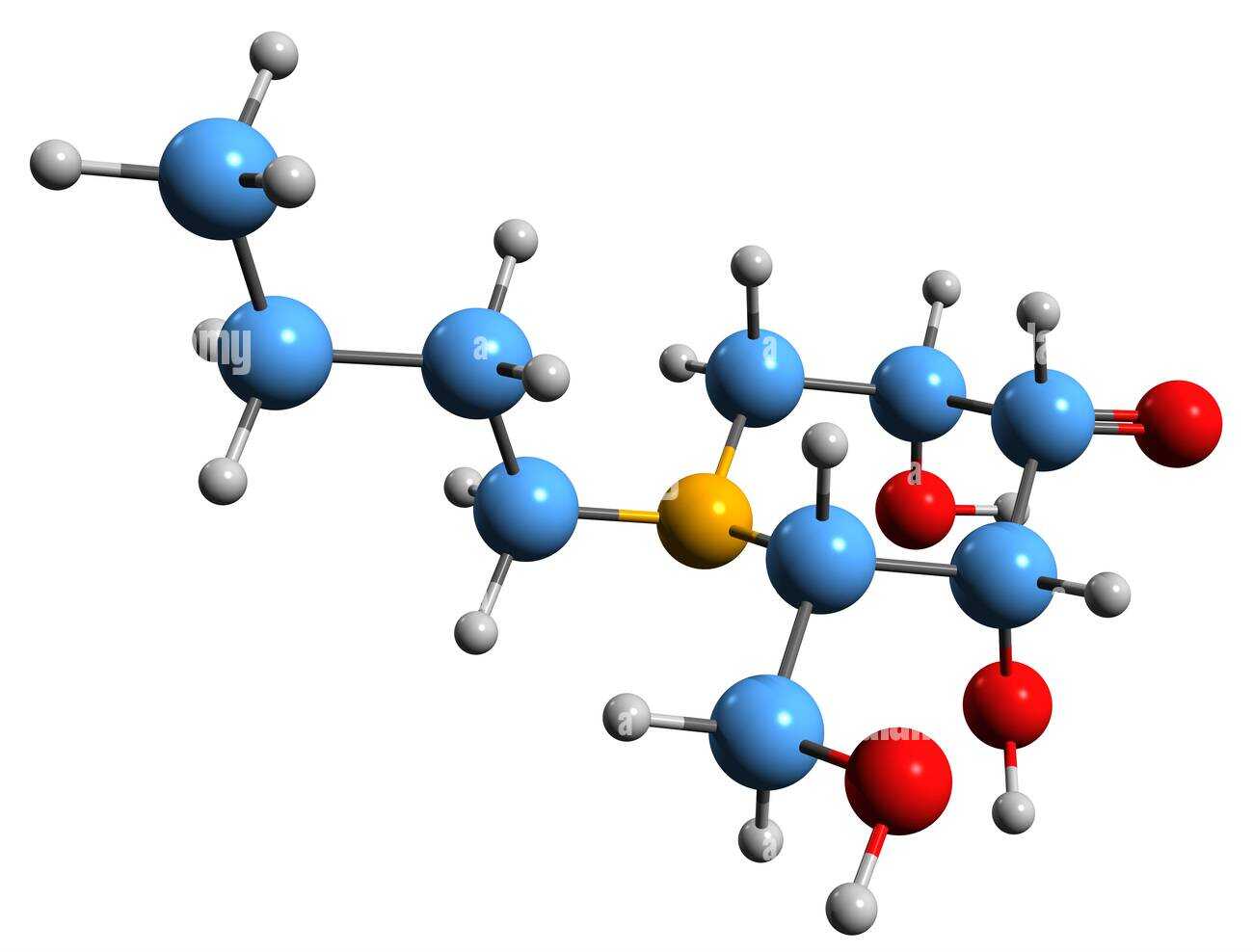

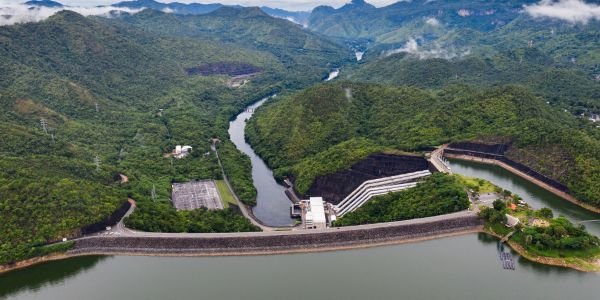


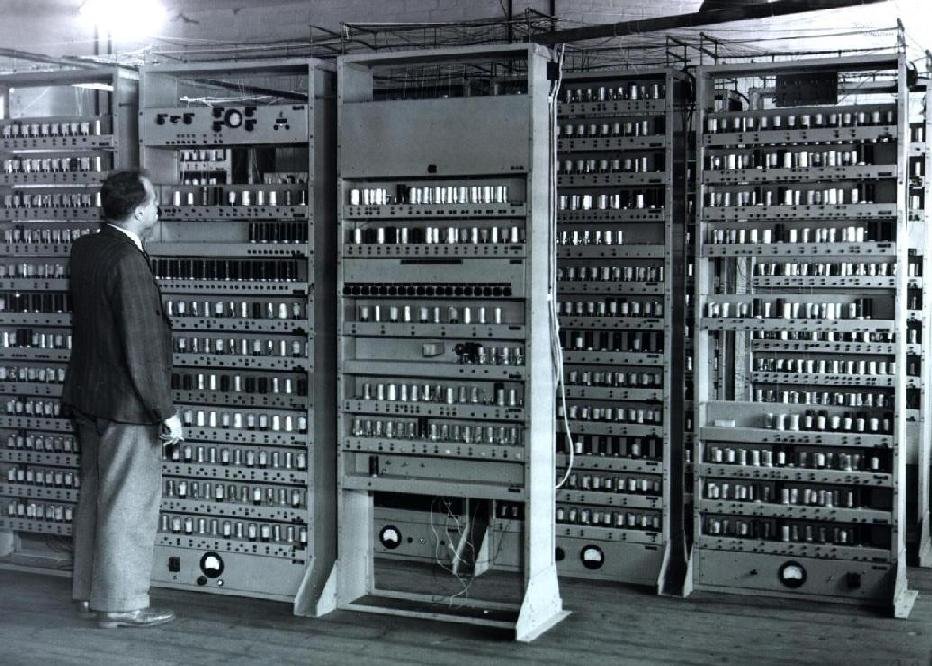
Comment on “Site Selection for Thermal Power Plant – Explained in Detail”
Comments are closed.